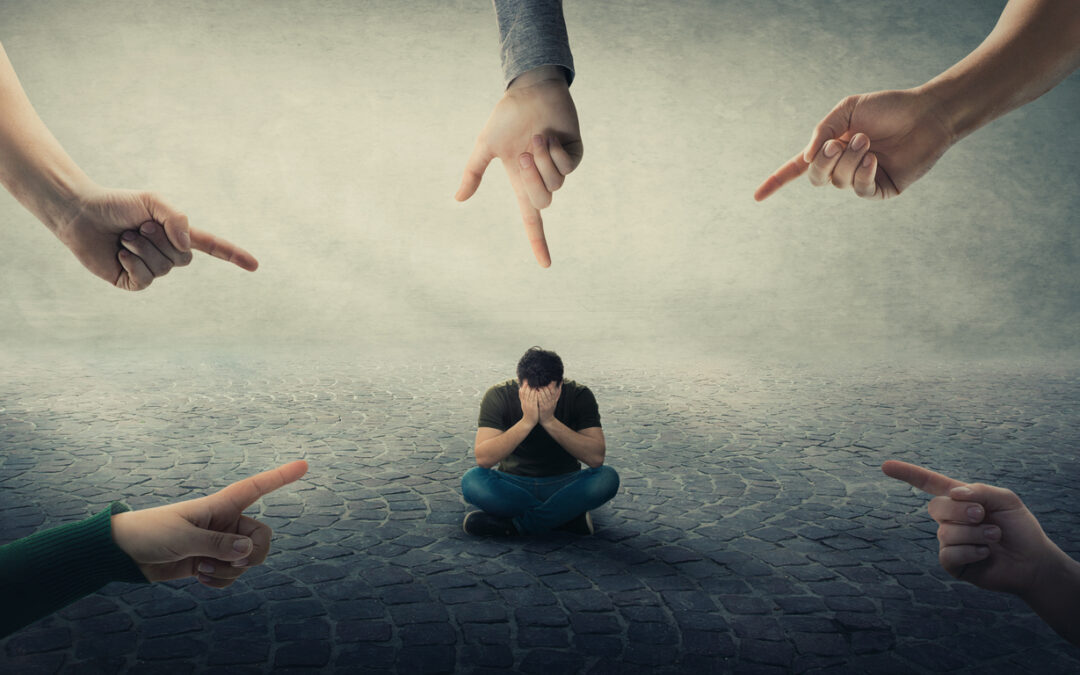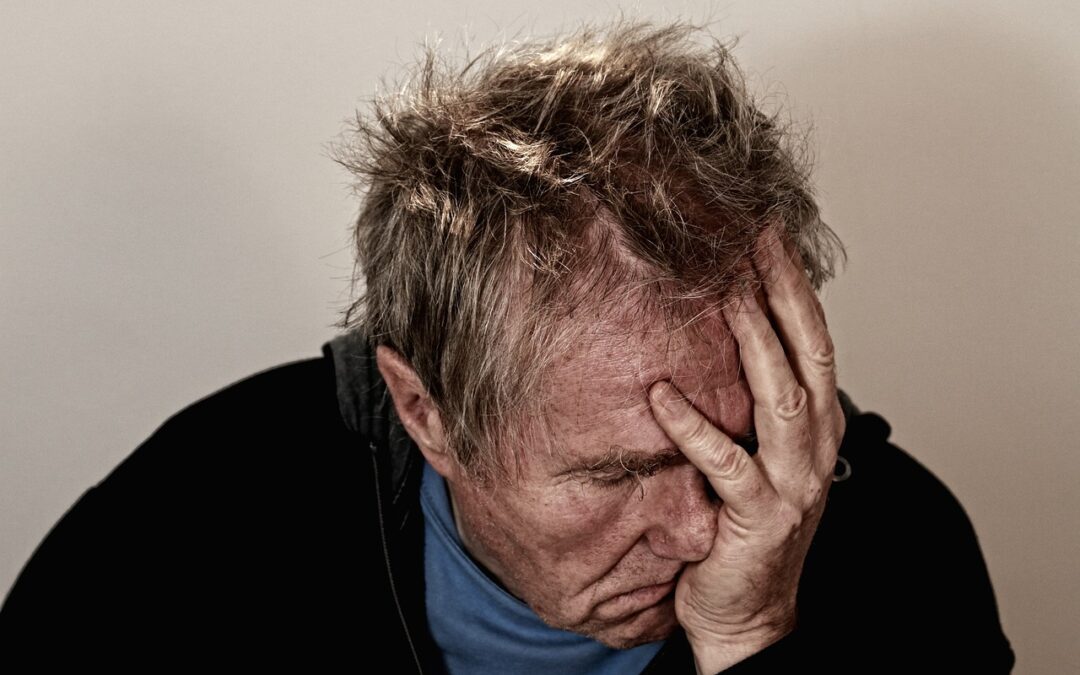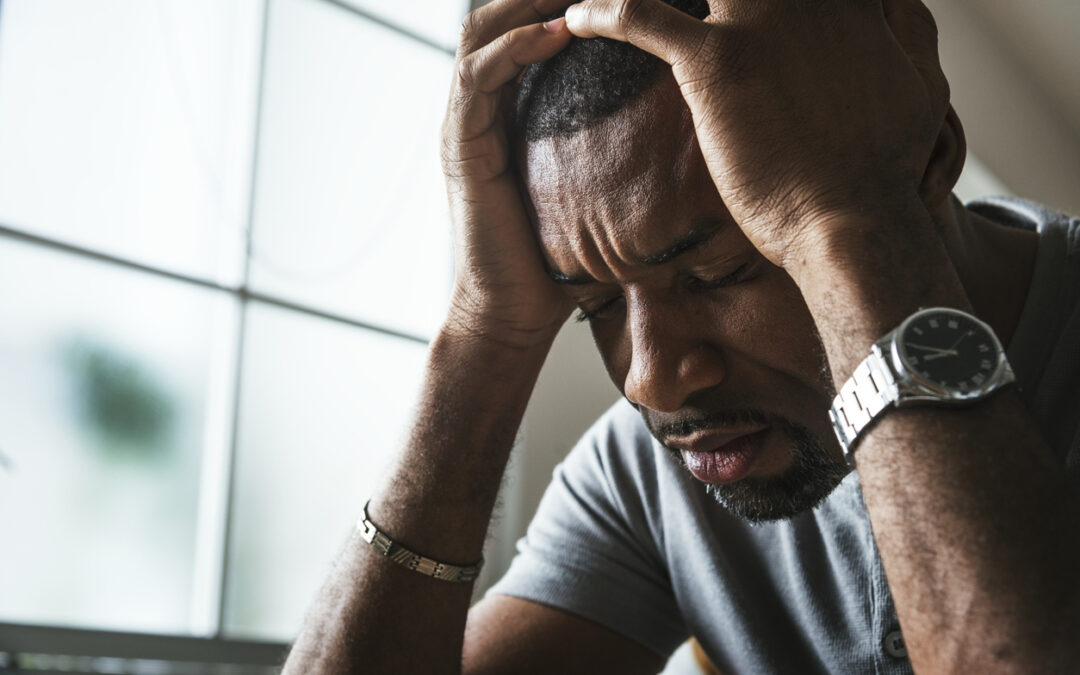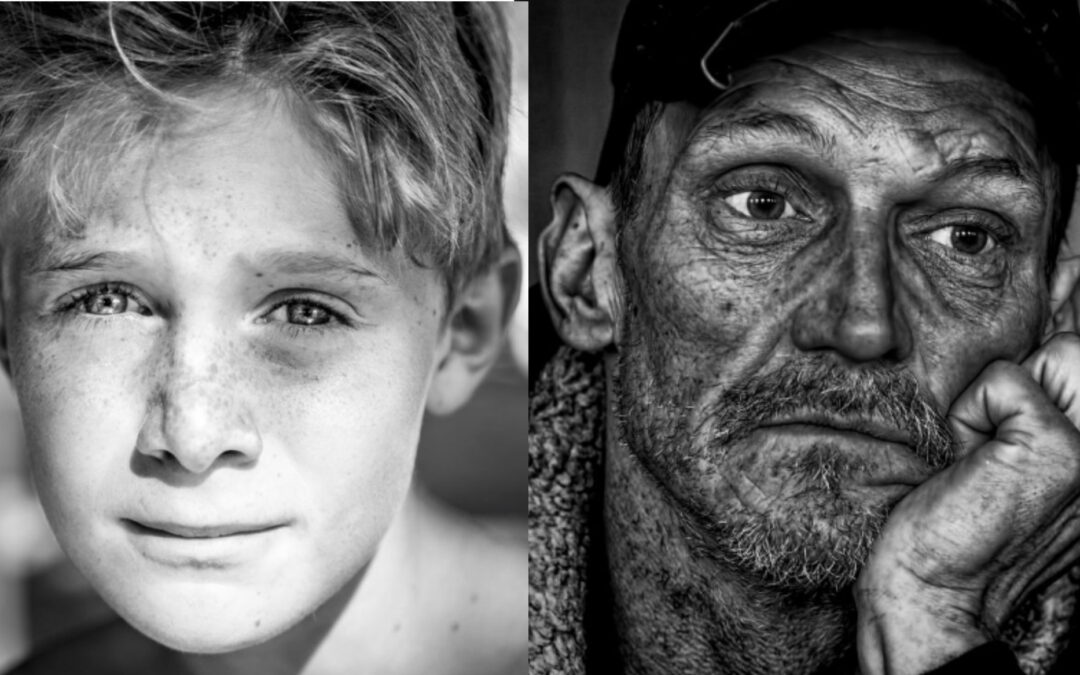
What the Left Gets Wrong About Boys and Men – Part 3.1
The Left tells men to be more like their sisters. The Right says to be more like your father. Neither invocation is helpful. ~ Richard Reeves
Prior posts in this series, Parts 2.1 and 2.2, described the eleven problems and conditions faced by boys and men identified by Richard Reeves in Of Boys and Men. In addition, Richard Reeves courageously calls out the misguided narratives espoused by the political Left and Right in naming and framing the boys and men’s crisis. These narratives are an overriding 12th problem.
Let’s first address what the Left gets wrong about boys and men in this fourth post of the series.
1. The Left tends to pathologize masculinity.
The Left tends to denigrate masculinity, often under the banner of “toxic.” “Toxic masculinity” is rarely defined. In current use, it signals disdain for any male behavior that the user disapproves of. A toxic male may be blamed for everything – mass shootings, online trolling, Brexit, and refusing to wear a mask during the pandemic.
According to sociologist Carol Harrington, the phrase “toxic masculinity” was used in no more than 20 scholarly articles until around 2015; but by 2017, there were thousands of mentions of “toxic masculinity,” mainly in the mainstream media.
Reeves and other researchers (psychologists and sociologists) of American culture believe “toxic masculinity” is a counterproductive term.
It is a bad idea to send a cultural signal to half of the population that there may be something intrinsically wrong with them. ~ Richard Reeves
What does the General Public Think?
Harrington reports that nine in ten men and women describe themselves as either “completely” or “mostly” masculine or feminine.*
Fifty percent of American men and 30% of American women now think society punishes men for just acting like men (3 in 5 Republicans and about 1 in 4 Democrats – a significant difference along partisan lines).
Fewer than a third of American women now describe themselves as a feminist. But in a survey (2019) that appeared in Ipsos, 48% of Democratic women adopted the feminist label compared to just 13% of Republican women.
In a 2018 YouGov poll of women who did not identify as feminists, 48% of those women said feminists were too extreme, 47% said [current] feminism does not represent true feminism, and 24% said feminists are anti-men.
Bottomline:
Masculinity is not a pathology; it is quite literally a fact of life. ~ Richard Reeves
2. The Left sees the causes of the crisis as individual and not structural.
Pundits on the political Left couch male problems as individual failings of one kind or another, rather than a result of structural challenges.
“The problems of boys and men are structural in nature, rather than individual, but are rarely treated as such,” according to Reeves. The problem with men is typically framed as a problem of men. Men should be fixed, one man or boy at a time. Harrington says the term “toxic masculinity” focuses attention on the character flaws of individual men rather than structural problems.
For those on the political Left, victim-blaming is permitted when it comes to men. ~ Richard Reeves
Individualist Approach is Wrong
This individualist approach is wrong. Boys are falling behind in school and college because the educational system is structured in a way that puts them at a disadvantage.
Men struggle in the labor market because of an economic shift away from traditionally male jobs.
And fathers are dislocated because the cultural role of provider has been hollowed out.
The male malaise is not the result of a mass psychological breakdown but of deep structural challenges. ~Richard Reeves
Men’s Covid Deaths Are Their Own Fault
Globally, men were about 50% more likely to die from Covid. For every 100 deaths among women aged 45-64, there were 184 male deaths. Yet, the higher rate of male deaths received little or no attention from health institutions and the media. When it was acknowledged, the explanations were that men had preexisting health conditions related to lifestyle factors or were less responsible concerning safety measures.
In short, men’s covid deaths were their own fault. Reeves says this is not true.
The gap in mortality is not explained by sex differences in infection rates or preexisting conditions,
The Difference in Covid Deaths is Biological and Genetic
The difference in Covid deaths between men and women is caused by biology and genetics. A person with XX vs. XY chromosomes has more functional immunity because of the extra X. I reported this in my post (April 7, 2020), Why More Men Than Women Die of Covid-19.
More Gender-Specific Medicine
Reeves advocates for more gender-specific medicine. Marianne Legato (head of the Partnership for Gender-Specific Medicine at Columbia University) says, “it is now time to focus on the unique problems of men just the way we have learned to do with women.”**
Reeves says a good step would be to establish an Office of Men’s Health in the Department of Health and Human Services to mirror the existing one for women.
3. The Left is unwilling to acknowledge biological sex differences.
Many conservatives deny the environmental science of climate change. But many progressives deny the neurosciences of sex differences. ~ Richard Reeves
This is HUGE
For many progressives, it is now axiomatic that sex differences or behaviors are wholly the results of socialization. When it comes to masculinity, the main message from the political Left is that men are acculturated into specific ways of behaving (generally bad ways in this version), which can therefore be socialized out of them. But this is simply false. For instance:
Men do not have a higher sex drive because society overly “values” male sexuality. They have a higher sex drive because they have more testosterone. ~ Richard Reeves
Women Are Wonderful Effect
There is some evidence that people are more comfortable with the idea of natural differences if women come out ahead in the comparison. In recent years, most scientists identifying natural differences have, if anything, tended to stress the superiority of women. Researchers Alice Eagly and Antonio Mladinic call this the “WoW” (women are wonderful) effect. Reeves says this approach allows for a discussion of biological differences, but in a way that underlies the pathologies of men and allows a warmer reception among liberal scholars and reviewers.
This is the most dangerous message of all: men are naturally different than women, but only in ways that are bad. ~ Richard Reeves
Brain Development and Testosterone – Females and Males Are Not the Same
More detail about biological differences between the sexes noted by Reeves will be addressed in Parts 5.1 and 5.2 of this series (upcoming), including:
- Brain development of boys vs. girls and its impact on impulse control, planning, and future orientation — including attention and self-regulation during middle adolescence.
- The tremendous influence of testosterone on aggression, risk-taking, and sex “drive.” Women and men do not have a similar sex drive and it makes perfect evolutionary sense for sexual selection.
- The interplay of nature and nurture and how differences can be magnified or muted by culture.
4. The Left believes that gender inequality only disadvantages women.
The Left believes that gender inequality can only run in one direction – to the disadvantage of women – ignoring disadvantages to men.
The dominant narrative of gender equality is framed almost exclusively in terms of the disadvantages of girls and women. ~ Richard Reeves
Reeves suggests that “our policies are now so poisoned that it has become almost impossible for people on the Left to even discuss the problems of boys and men, let alone devise solutions.”
Policy Bias Against Men***
- In October 2021, the White House Gender Policy Council published a National Strategy on Gender Equity and Equality. But no gender inequalities related to boys or men were addressed. The mission statement of the Policy Council clearly states a policy focus that impacts only women and girls.
- The Council’s report did not mention how women outnumber men in college, except regarding female student debt. There was no mention of the sizable gender gaps in favor of girls in K-12 education. Regarding discipline, there was no mention of the specific challenges of Black boys, even though they are twice as likely as Black girls to be suspended or expelled.
- White House Covid policy and nearly every think tank and international organization emphasized the negative implications of the pandemic for women while ignoring those for men. The higher risk of death from Covid-19 for men was hardly mentioned.
- The World Economic Forum also describes gender inequality in only one direction based on their methodology. Reeves reports that “no account is taken of domains where women are doing better than men.”
Gender Inequalities Run in Both Directions
The fight for gender equality has historically been synonymous with the battle for and by girls and women, and for a good reason. But, says Reeves:
“We have reached a point where gender inequalities affecting boys and men have to be treated seriously. Many people on the political Left seem to fear that even acknowledging the problems of boys and men will somehow weaken efforts for women and girls. This is entirely false as a matter of practice and creates a dangerous political dynamic.”
This fear seems difficult for social science academics and the average feminist or “progressive” woman to overcome. The women who most confront this fear or acknowledge that gender inequalities run in both directions have raised boys.
*Carol Harrington, “What is Toxic Masculinity and Why does it Matter?” Men and Masculinities (July 2020).
**There are claims from some women’s advocates that medical research and some services (e.g., urological sexual health) have been more focused on men rather than women. Reeves does not address this. The issue of gender-specific medicine (or the lack thereof) may have multiple threads of truth. But Legato is the expert in this arena.
***This section mostly repeats Problem #11, “Professional and Academic Bias Against Men” in Problems and Conditions of Boys and Men – Part 2.2 of this series.)


